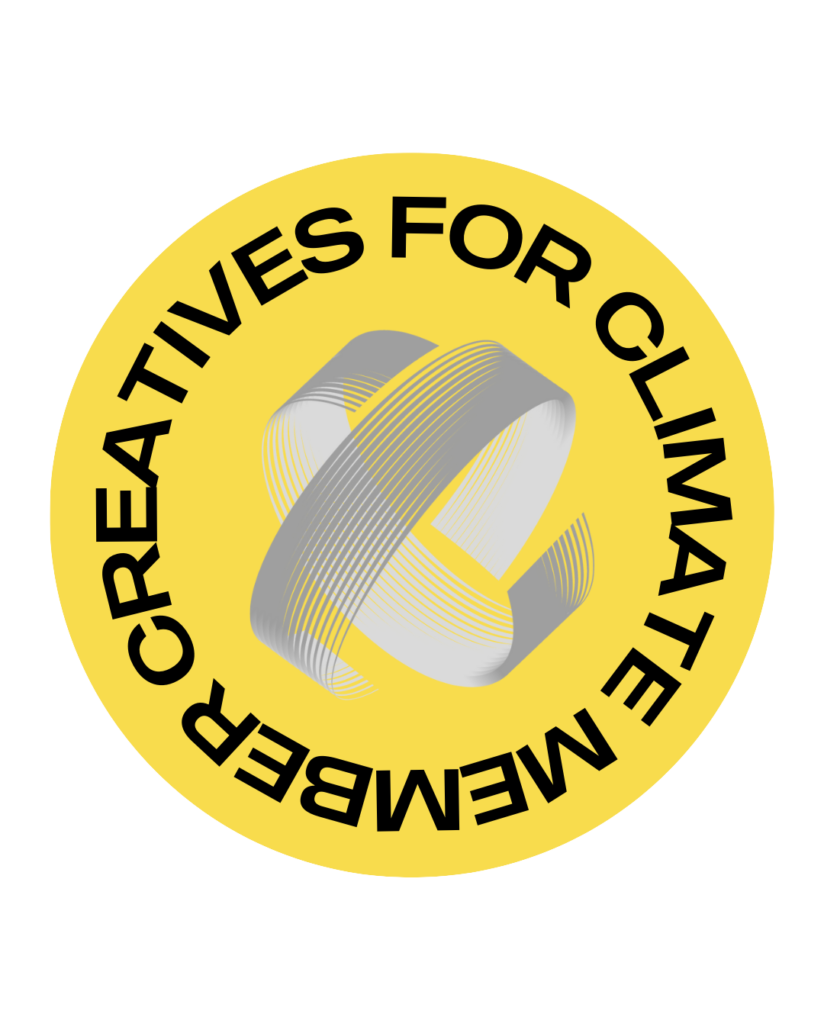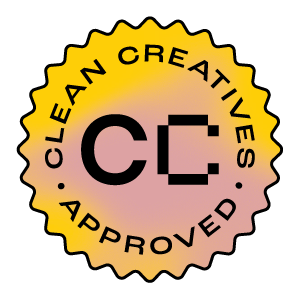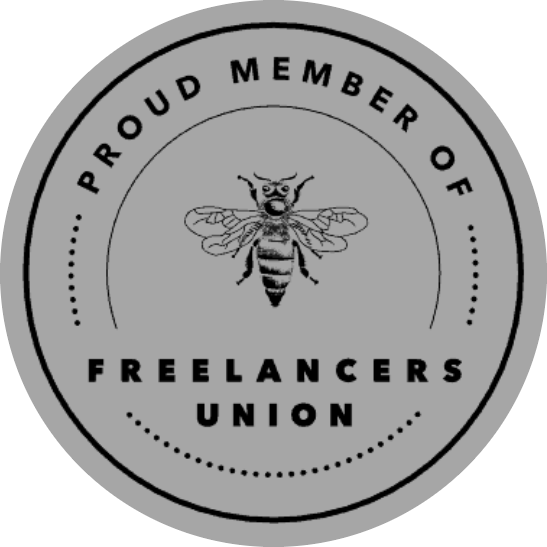Tortoise & Hare Write-Off
“Do you have any tips for writing copy and content faster?” a colleague texted recently.
My response probably seemed to contradict the question:
Sloowwwwww doowwwwwn.
Wha-? How does slowing down make one faster, especially when it comes to getting characters onto a blank screen? It makes no sense!
Who ever said writing is supposed to make sense? Certainly the writing, as in the words and narrative that eventually wind up in front of a reader, yes, that has to make sense. But how you get there, the process you go through – that’s another matter altogether.
Hurry up, you’re thinking now. Explain yourself!
Hey, man, like I said. Sloowwwww dowwwnnnn. Or, as many a Brit might say, “Chilllllll, Winston.”
Before I explain what I mean, know this: ask 10 or 100 or 1,000 copywriters how to write quickly and you’ll get as many different solutions for being faster. Writing is an individual, solitary, every-mind-for-itself endeavor. Everyone does it differently.
With that caveat out of the way, here’s what I mean by “slow down.”
For me, most writing doesn’t happen on a keyboard, show up on a computer screen or result from pen on paper. I’d say 50-65 percent of writing occurs long before that, in discussions with clients and conversations with experts, and online doing research.
After that – and for me, this is the lion’s share of that 65 percent – it all happens between the ears, baby.
It’s tempting to dive right into a project, figure it out as you go. For some, that’s the best and fastest way to write.
For everyone else, myself included, here’s my advice: take a breath and figure out where you’re going before taking those first fingertip-toes across the keyboard. In a word, think.
- That’s right. Think the project through first. Ask yourself questions like:
- What is the objective for this piece?
- Who am I trying to reach?
- What motivates them?
- What is the main message?
- What are secondary messages?
- How does this tie into the client’s bigger story? Or how can I massage it into the client’s bigger story?
- Think some more. How can you turn all of this into a story, something compelling with a beginning, a middle and an end? (Sounds familiar, right? Sort of like the old English teacher’s dreaded outline.)
Sometimes – and I realize this sounds a little crazy – I visualize the finished piece. I imagine how the words and paragraphs are going to look on the paper, how they’ll flow logically or creatively (ideally a mix of both) from one to the next to the next to the end.
Hey, why not? It can work for a basketball player about to take a free throw or a pole vaulter charging down the approach toward a really high bar; it can help a copywriter beginning a piece, too.
- Put your outline on paper. Shift thoughts around, reimagine the flow, consider quotes you need or already have and where they’ll fit in.
- Write. Just write. DO NOT self-edit as you go.
- If you’re having trouble, just tell the story. Sometimes we walk into the booby trap of worrying about style or how this relates to that or whether the client would actually say that in a quote or… Never mind all that. Just tell the story. When I start writing astray, I repeat it to myself like a mantra: Just tell the story. Just tell the story. Just tell the story….
- This next step can be the bugger of the bunch. It’s tripped up many a copywriter, myself included, and wasted valuable time.
When you’re done, stop.
There comes a point when anything more you write, any more jiggering you do, any more I-have-to-work-this-in-somewhere, is just going to screw it up. When the story is told, stop telling it.
- Set your first draft aside for a day or two if possible. If not, squeeze out an hour, at minimum.
- Revise.
- Edit.
- Let someone else read it. Take their feedback for what it’s worth. Keep what’s good about it. Ignore what’s not.
- Repeat steps 8 and 9. As many times as necessary.
All of this takes time, it’s true. And, man-oh-man, the last thing you needed was a marketing writer’s retelling of an Aesop’s Fable.
But here’s the thing – when it comes to copywriting, the determined turtle is always faster than the random rabbit. By slowing down you’ll get closer to the true mark of every piece earlier. You won’t need to experience the crushing defeat of being told your draft isn’t even close. You won’t have to return to the keyboard in humiliation after a discussion with an account manager or creative director. And you’ll never need to go back to step #1 on that particular project.
Follow these steps – many of which most writers have heard a million times before – and you’ll become a faster advertising, marketing and public relations copywriter and content creator. As for developing that hard outer shell, well, we’ll get to that one later.



